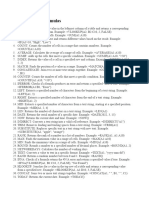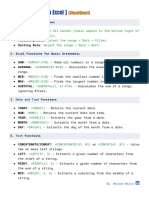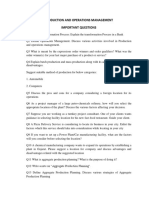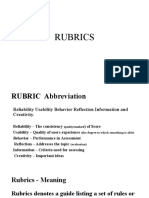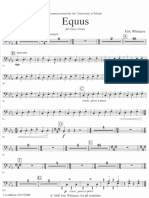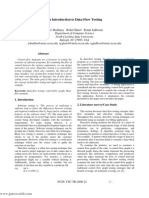0% found this document useful (0 votes)
59 views6 pagesMicrosoft Office Excel Formulas
The document provides an overview of essential Microsoft Excel formulas categorized by their use cases, including arithmetic, logical, lookup, text, date/time, financial, statistical, and advanced formulas. It includes examples for each formula type, explaining their functions and applications. Additionally, it offers key notes on formula structure, cell references, and tips for using Excel efficiently.
Uploaded by
nssilveeCopyright
© © All Rights Reserved
We take content rights seriously. If you suspect this is your content, claim it here.
Available Formats
Download as PDF, TXT or read online on Scribd
0% found this document useful (0 votes)
59 views6 pagesMicrosoft Office Excel Formulas
The document provides an overview of essential Microsoft Excel formulas categorized by their use cases, including arithmetic, logical, lookup, text, date/time, financial, statistical, and advanced formulas. It includes examples for each formula type, explaining their functions and applications. Additionally, it offers key notes on formula structure, cell references, and tips for using Excel efficiently.
Uploaded by
nssilveeCopyright
© © All Rights Reserved
We take content rights seriously. If you suspect this is your content, claim it here.
Available Formats
Download as PDF, TXT or read online on Scribd
/ 6















